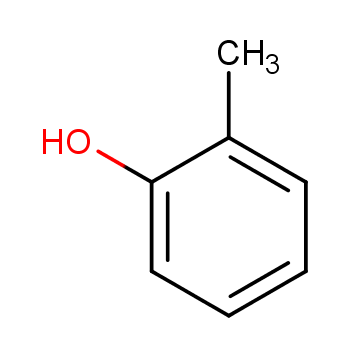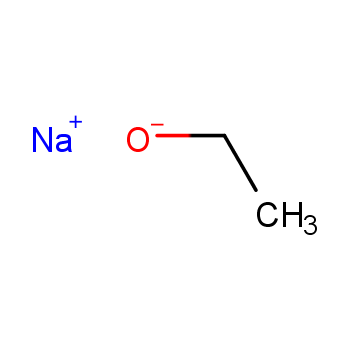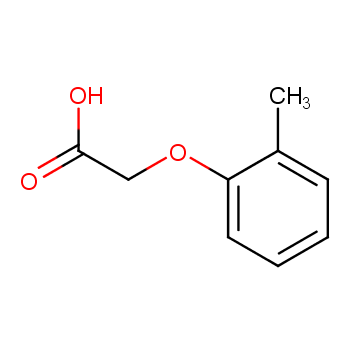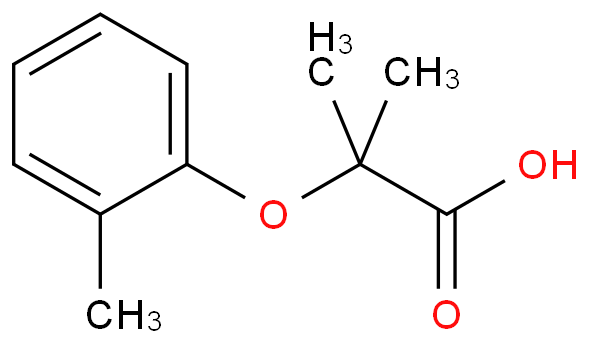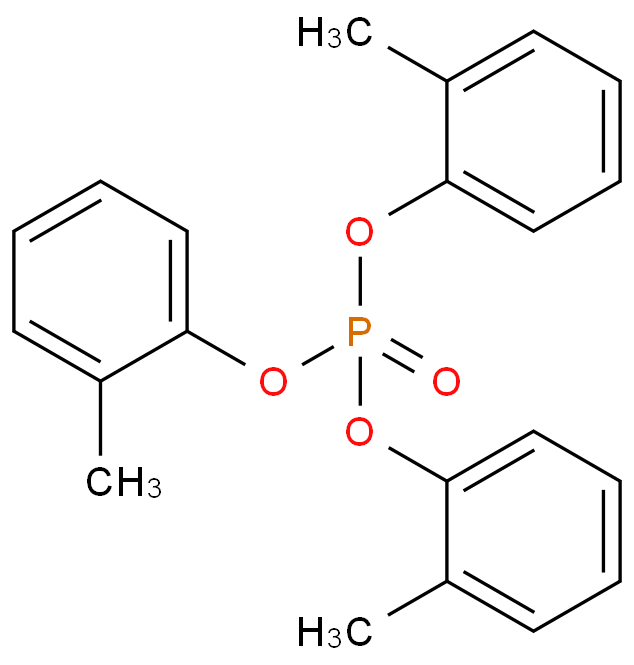-
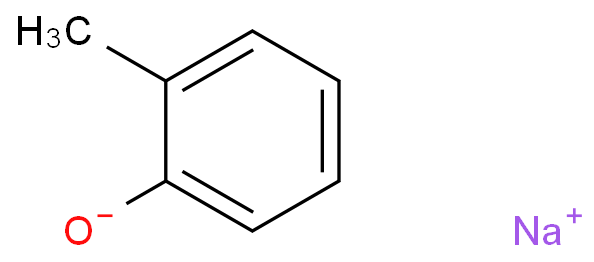
Phenol, 2-methyl-,sodium salt (1:1)
- CAS:4549-72-8
- MW:108.13782
- MF:C7H7NaO
- Category
Organic Intermediates Pharmaceuticals and Biochemicals Basic Organic Chemicals Agrochemicals Inorganic Chemicals Catalyst and Auxiliary Custom Manufacturing Food & Feed Additives Daily Chemicals Dyestuffs and Pigments Laboratory Chemicals Adhesives and Sealants Flavour & Fragrance Paint and Coatings Polymer Metals and Minerals
- Encyclopedia
- Dictionary
- Supplier
- Buyer Request
- TradeShow
- FAQs
- Structure Search
 EN
EN

